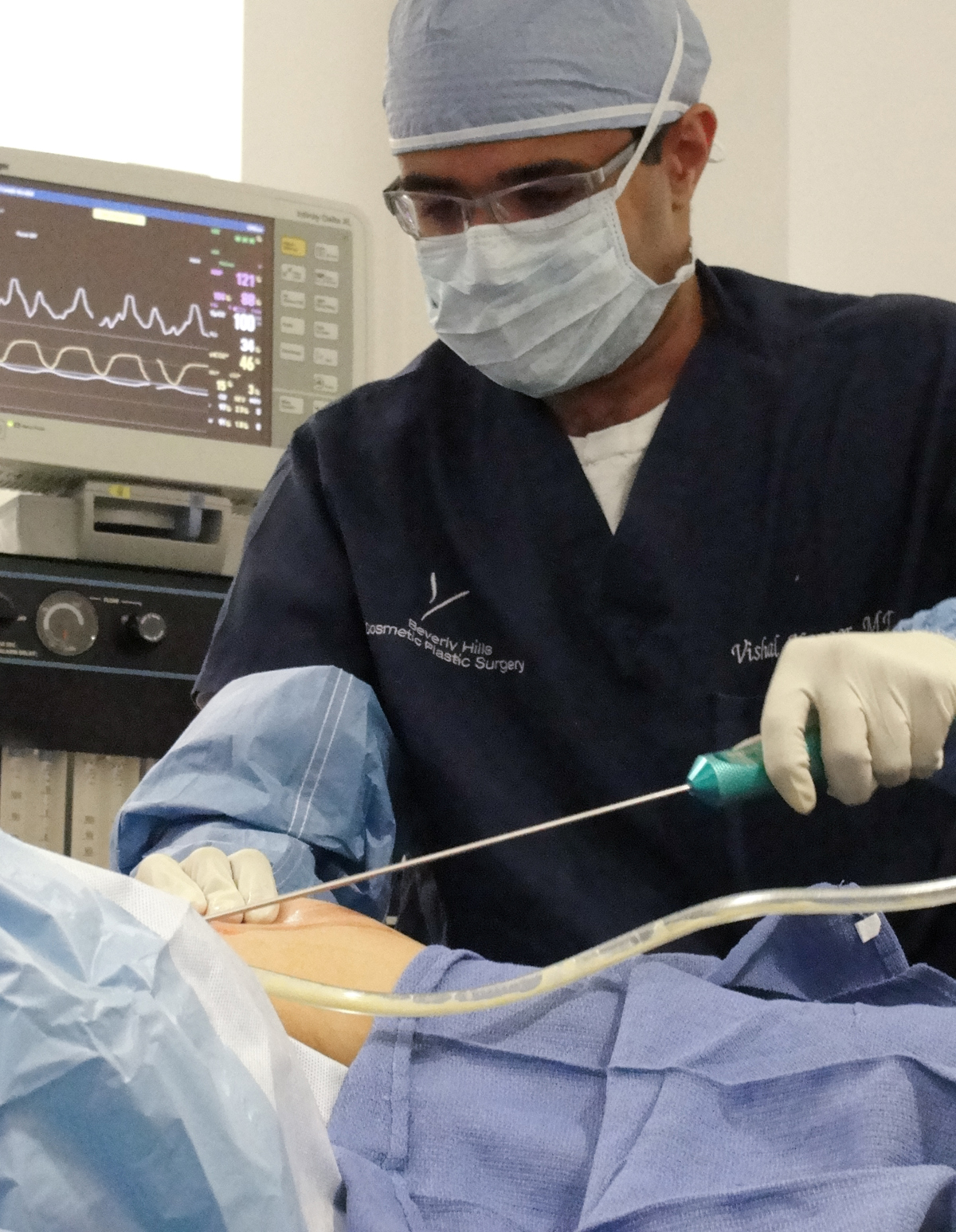
Liposuction is one of the most popular cosmetic surgical procedures which in addition to removing excess body fat effectively reshape the body parts. Usually treated areas include abdomen, thighs, outer side of the thighs, inner side of the thighs, knees, hands, and gill. Fat that has the tendency to accumulate in the hips, thighs and buttocks is very resistant to diet and exercise. Many people become discouraged after they begin to lose weight, but shape of these body parts remains the same. In these cases, liposuction successfully removes the excess fat and improves the symmetry of the body.
Liposuction Procedure
Before surgery, a doctor identifies parts of the body where liposuction will be done. Infusion sets in the vein so that the fluid amount in the body could remain the same during the procedure. Procedure can be done under general anesthesia or a combination of sedation and local anesthesia. During the procedure a surgeon makes a small incision, usually in the area of the body bends or skin folds to make it as unobtrusive as possible. Throughout incision, tube - cannula is introduced in the fatty tissue. Cannula is used to break up fat and shape the body in the desired proportions. Excess fat is sucked up by a powerful vacuum that leaves the skin, blood vessels, muscles and nerves undamaged. A relatively new method uses an ultrasound to break up fatty deposits (UAL - ultrasound assisted liposuction). This method reduces the tissue injury and bleeding. Type of procedure depends on the body part from which the fat is removed and the amount of fat that should be eliminated. Procedure lasts from one to two hours and if there are no complications, a patient can leave the clinic after one to two hours.Side Effects and Complications
Post-surgery period is accompanied with mild pain. Day or two after surgery person may feel tired. The legs and hips can bleed or be stiff, painful, swollen or insensitive. Doctor may prescribe antibiotics and painkillers after surgery. Tube – drain, through which inflammatory fluid flows, may stick out from the wound. Stitches are removed after 7-10 days. Six weeks after surgery, a tight corset should be worn over the operated body parts. Corset reduces pain and swelling and allows shaping of the body. Swelling and bruising are withdrawn no later than three weeks after surgery. In order to facilitate healing and avoid complications, it is necessary to start with easy exercises as soon as possible. Strenuous physical activity can be performed after 6 weeks. After surgery sometimes there are: dimples and bumps on the operated skin numbness of the treated body part scaring changes in skin color flabby skin These problems can be solved with additional procedure. After UAL liposuction, burns of the skin and tissue due to resistance are possible.More serious complications include: the creation of blood clots infection excessive fluid loss shock fluid accumulation in the lungs drug overdose These complications occur more frequently if a lot of fat tissue is removed, if two or more procedures are performed and if the procedure is done under general anesthesia.




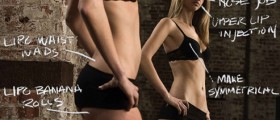
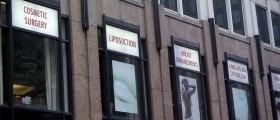
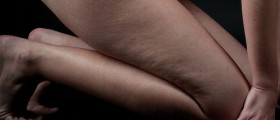

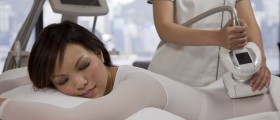

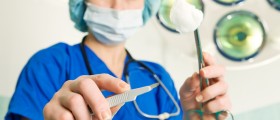

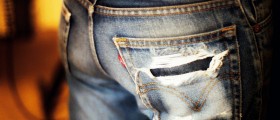
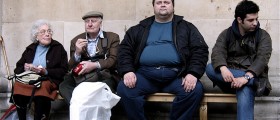



Your thoughts on this
Loading...